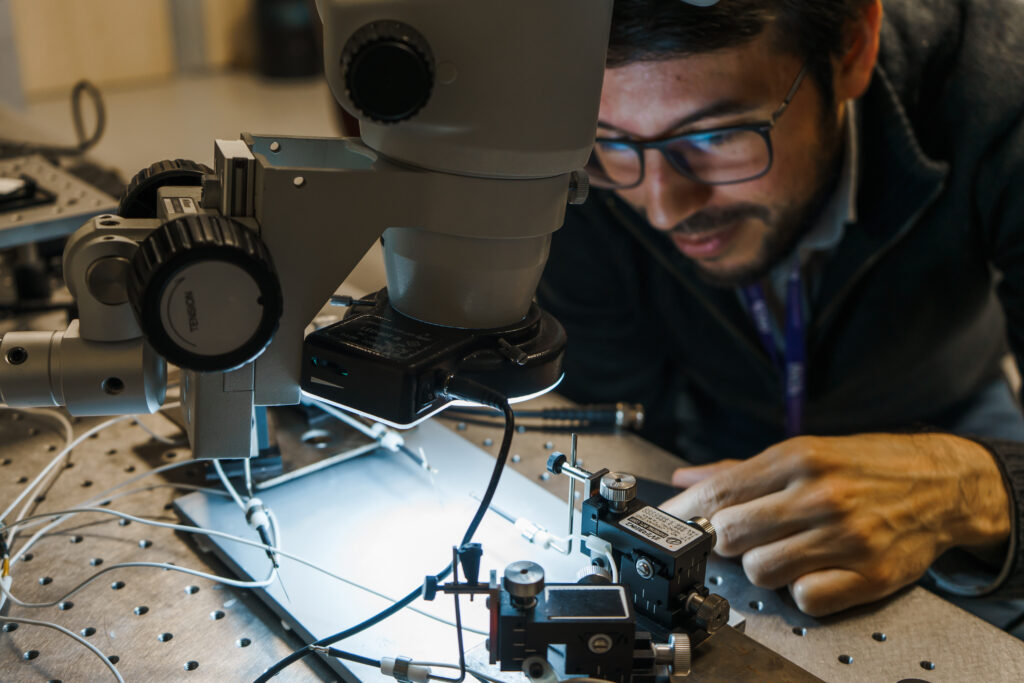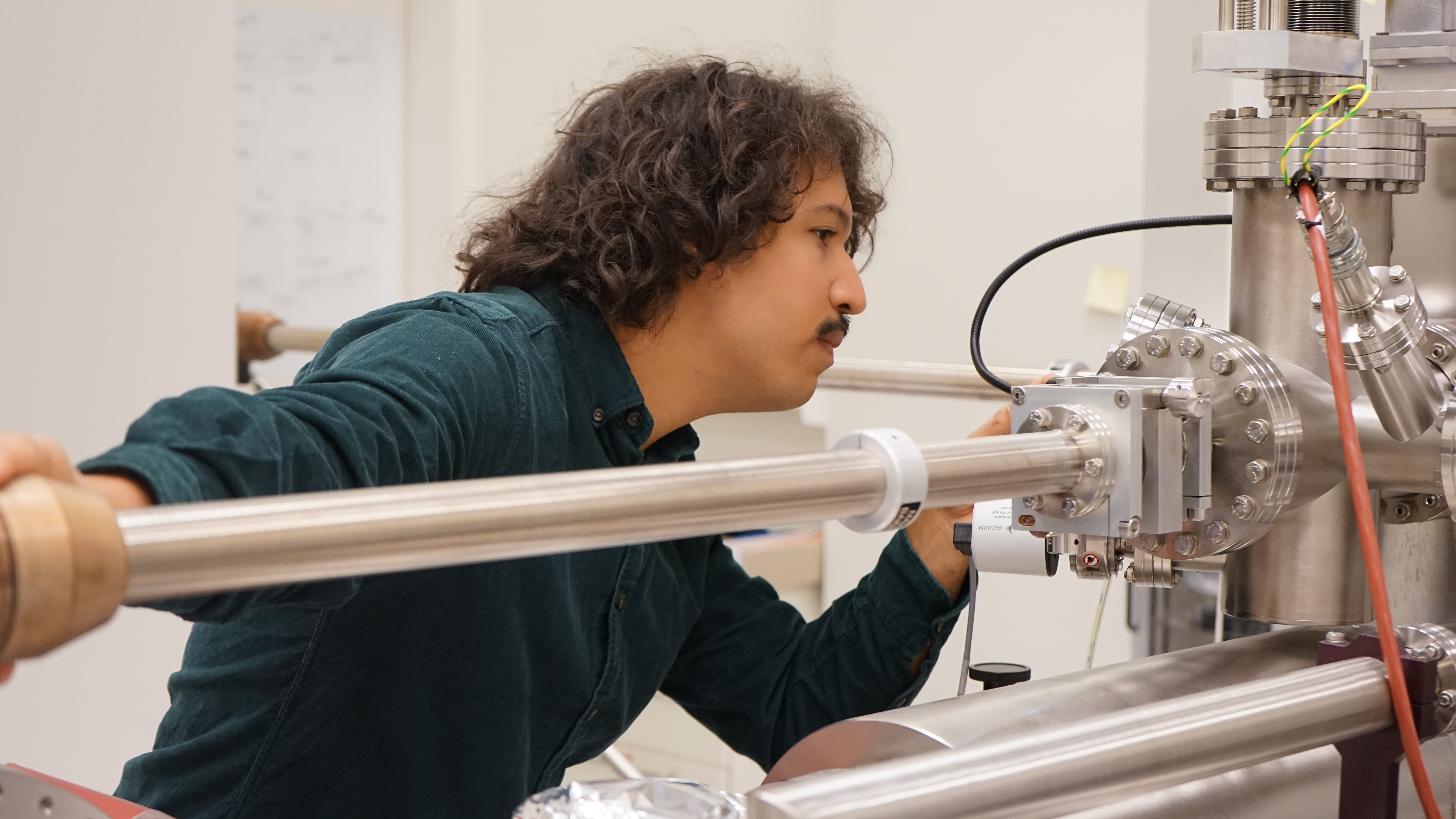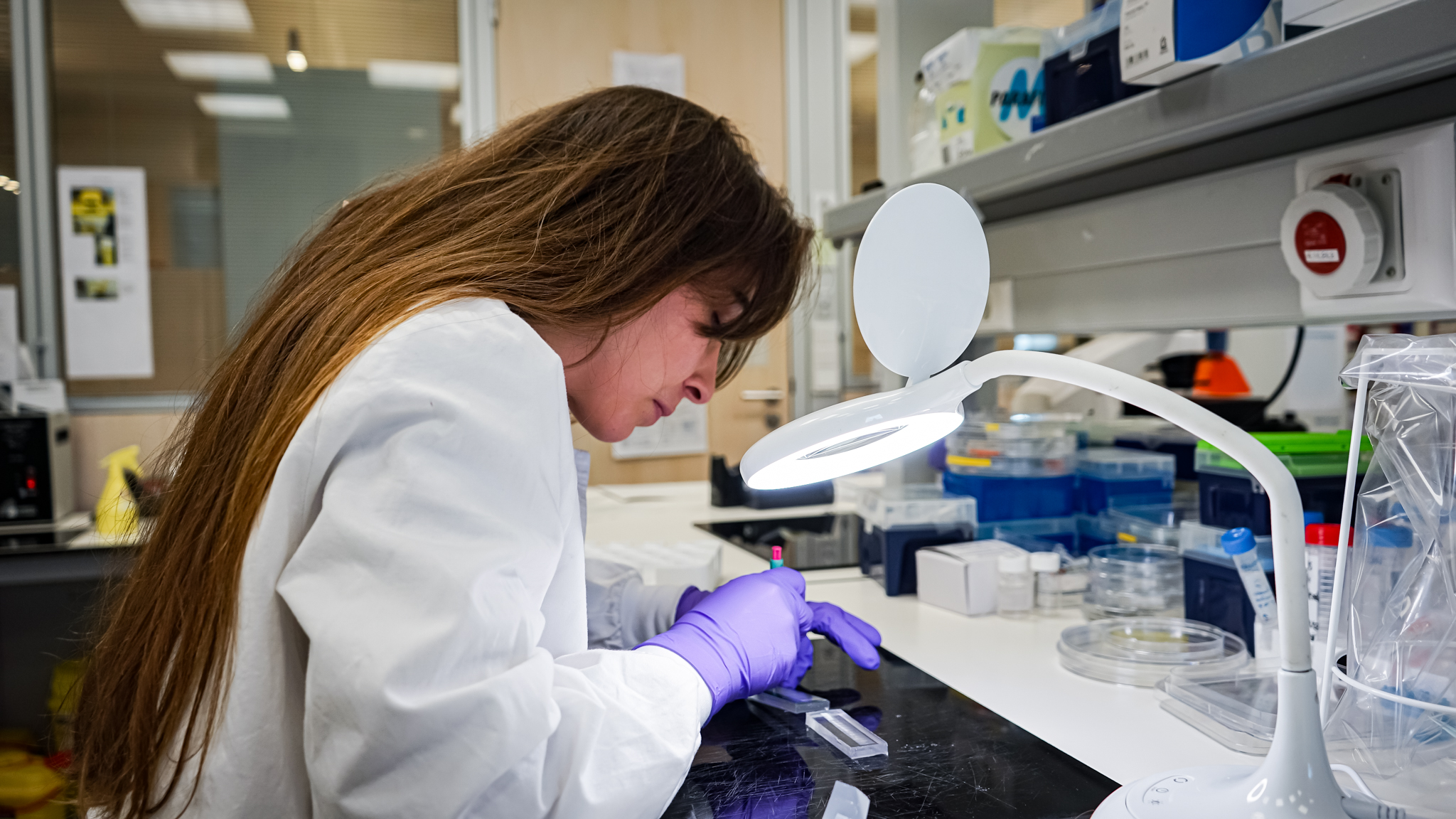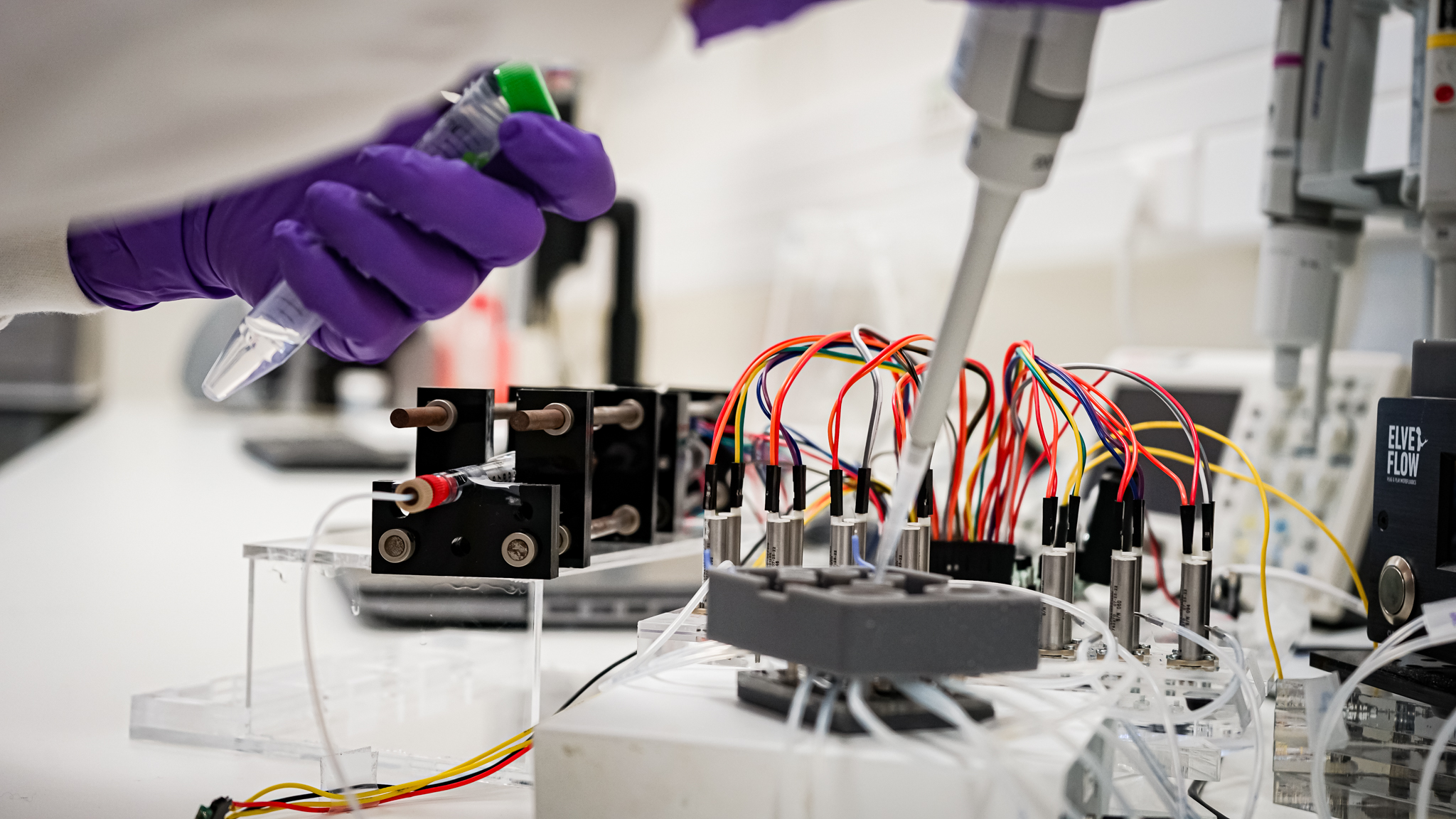
Nanotechnology for predicting and preventing seizures in neurological diseases
March 14, 2024
INL researchers are part of the European consortium CROSSBRAIN – a groundbreaking project aimed at developing microbots to predict and prevent seizures in individuals suffering from conditions such as epilepsy or Alzheimer’s disease.
Within the complexity of our brains, neurons communicate through various signalling mechanisms, including chemical, thermal, and electrical changes. Many neurological disorders affecting the brain originate from abnormal electrical activity, leading to conditions such as epileptic seizures. When these abnormalities in electrical activity occur, prompt identification and swift intervention are vital for effective treatment. However, current technologies for monitoring and modulating brain activity with precision are very limited.
CROSSBRAIN brings together leading researchers from across Europe to develop a new solution for predicting and preventing seizures in neurological conditions. Coordinated by researchers from Tor Vergata University of Rome, the consortium aims to create micro-sized robots that can be implanted in our brains.

By combining cutting-edge computing and nanomaterials, CROSSBRAIN will enable precise modulation of brain tissue using various stimulation methods, including electrical, mechanical, thermal, and optical principles. The microbots, powered wirelessly by a compact central unit, will then be implanted through blood vessels, with the capability to deliver genetic material.
Once integrated into the network of neurons, these microbots will be controlled by the central control unit which, in turn, is capable of monitoring electrical activity, detecting the onset of a seizure, and modulating its effect through targeted neurostimulation. To achieve this, the INL team is working on two fronts.
The System Engineering group is skilled in advanced sensing and actuating technologies, optimising the integration and design of low-power, analog mixed-signal conditioning, data acquisition, and processing functions. João Piteira is leading the efforts to develop the wireless power/data transfer power management unit. This wireless unit will facilitate the communication with the outside world, where the microbot collects the patient’s data and identifies anomalous situations using artificial intelligence.
Bruno Romeira, a staff researcher in the Ultrafast Bio- and Nanophotonics group, is developing power-efficient and compact microLEDs that can be integrated into the tiny robots. The idea is to use microLEDs to stimulate brain cells with heat, known as thermal stimulation, to correct pathological changes.

The CROSSBRAIN project represents a collaborative effort of more than 10 European partners, to revolutionize the treatment landscape for neurological disorders. CROSSBRAIN has received funding from the European Union’s European Innovation Council, call HORIZON-EIC-2021-PATHFINDERCHALLENGES-01-02, under Grant Agreement No 101070908.

Text by Catarina Moura, Science Communication Officer
Photography by Gina Palha, Communication, Conferences & Marketing Officer


